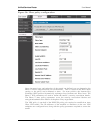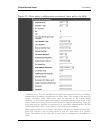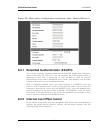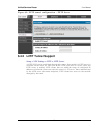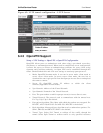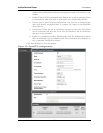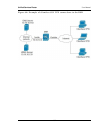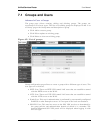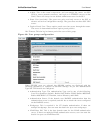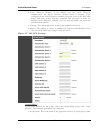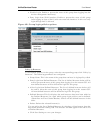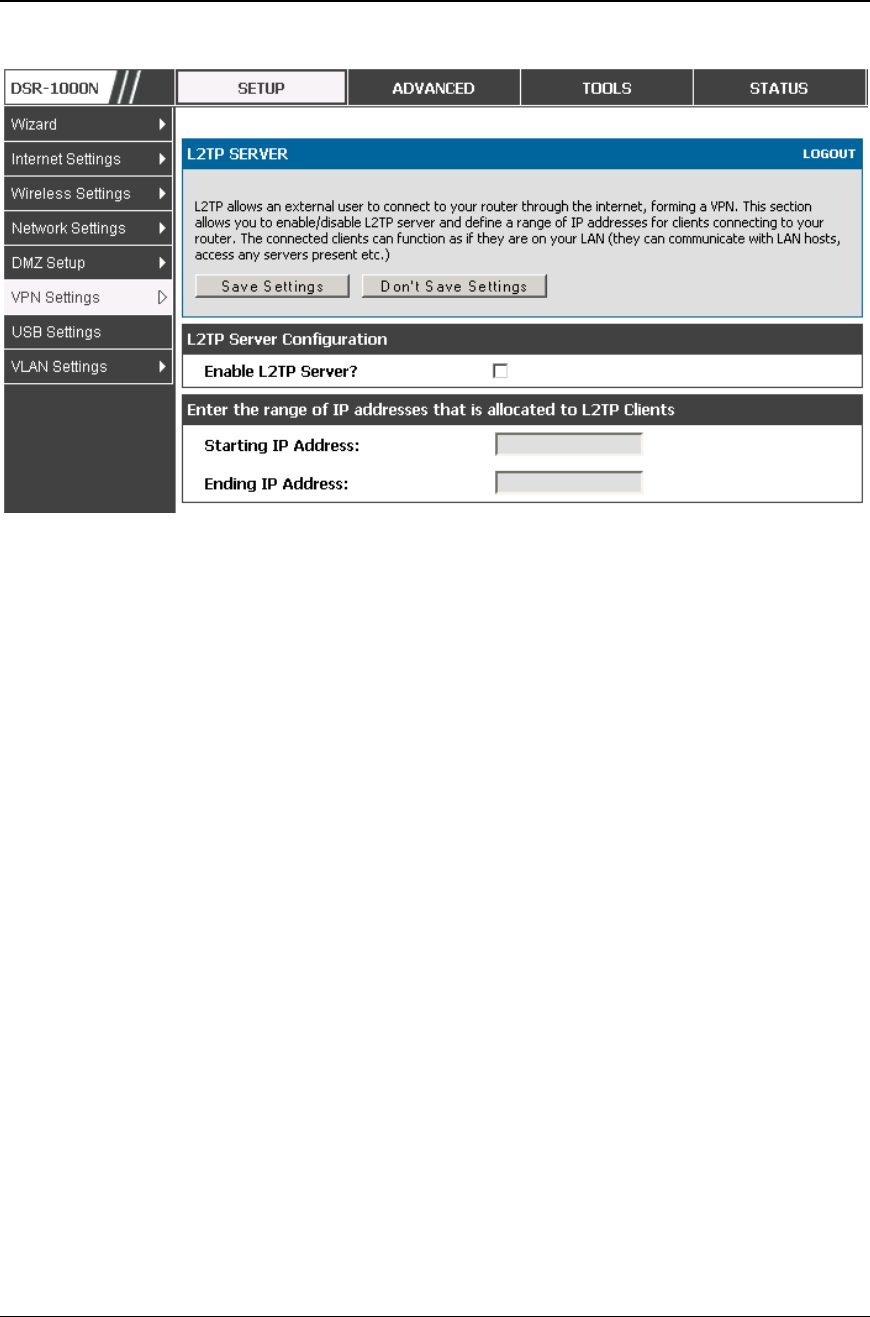
Unified Services Router User Manual
99
Figure 62: L2TP tunnel configuration – L2TP Server
6.4.3 OpenVPN Support
Setup > VPN Settings > OpenVPN > OpenVPN Configuration
OpenVPN allows peers to authenticate each other using a pre-shared secret key,
certificates, or username/password. When used in a multiclient -server configuration,
it allows the server to release an authentication certificate for every client, using
signature and Certificate authority. An Open VPN can be established through this
router. Check/Uncheck this and click save settings to start/stop openvpn server.
Mode: OpenVPN daemon mode. It can run in server mode, client mode or
access server client mode. In access server client mode, the user has to
download the auto login profile from the Openvpn Access Server and upload
the same to connect.
Server IP: OpenVPN server IP address to which the client
connects(Applicable in client mode).
Vpn Network: Address of the Virtual Network.
Vpn Netmask: Netmask of the Virtual Network.
Port: The port number on which openvpn server(or Access Server) runs.
Tunnel Protocol: The protocol used to communicate with the remote host.
Ex: Tcp, Udp. Udp is the default.
Encryption Algorithm: The cipher with which the packets are encrypted. Ex:
BF-CBC, AES-128,AES-192 and AES-256. BF-CBC is the default
Hash algorithm: Message digest algorithm used to authenticate packets. Ex:
SHA1, SHA256 and SHA512. SHA1 is the default.
Tunnel Type: Select Full Tunnel to redirect all the traffic through the
tunnel. Select Split Tunnel to redirect traffic to only specified resources





